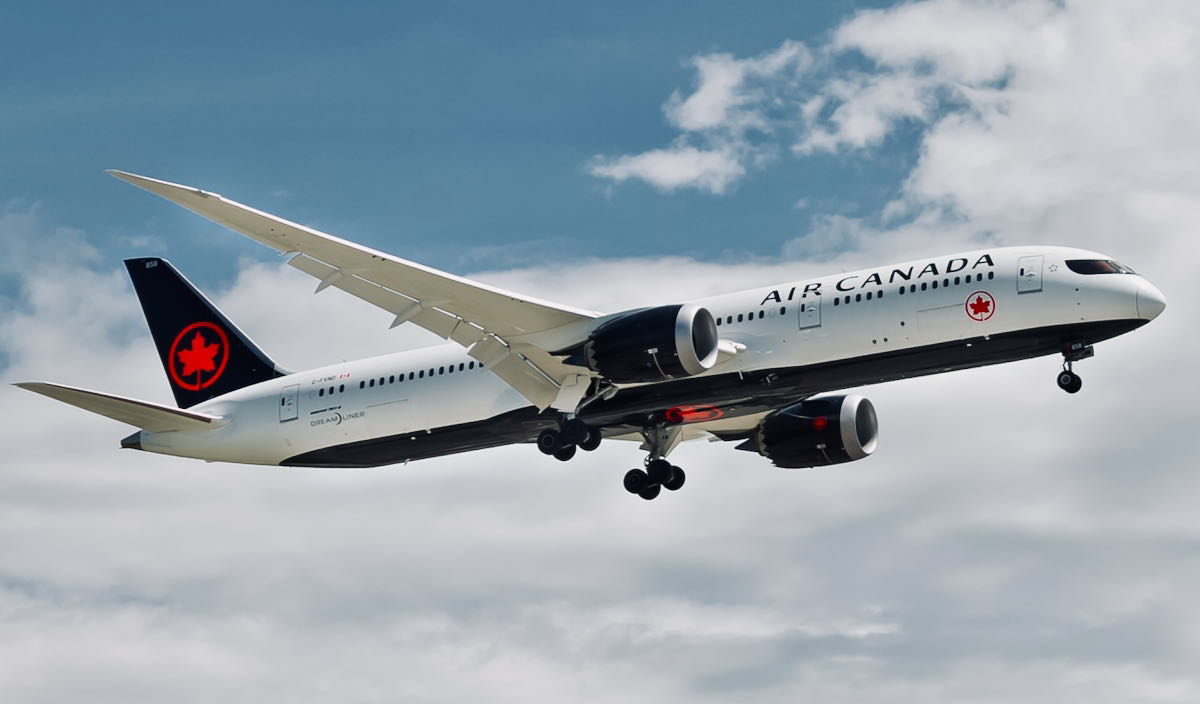Many thanks to SWLing Post contributor, Markku Koskinen, who shares the following announcement from NAV CANADA:
NAVAID Modernization Program – Phase 6 National
NAV CANADA, the country’s provider of civil air navigation services, conducted an aeronautical study that reviewed the requirement for Non-Directional Beacons (NDBs) and Very-High Frequency Omnidirectional Rangefinders (VORs).
The study concluded that given the comprehensive radar surveillance coverage, and the propensity of area navigation (RNAV) with GNSS equipped aircraft, many navigation aids (NAVAIDS) are no longer required and should be decommissioned.
Where a current NAVAID identified in the study serves as an instrument approach aid or anchors an airway segment, NAV CANADA will ensure that a RNAV (GNSS) instrument approach procedure or RNAV airway segment is published, where required, before removal of the identified NAVAID.
Implementation is ongoing and will progress for the next several years. The sixth phase is represented below. Subsequent Notices of Change will be published for each upcoming phase.
Indicator – NAVAID Facility Name
YEA – Empress VOR
XD – Edmonton/Blatchford NDB
YHK – Gjoa Haven NDB
NL – St. John’s/Signal Hill NDB
ML – Charlevoix NDB
YPH – Inukjuak NDB
YKG – Kangiqsujuaq NDB
YXK – Rimouski NDB
YMU – Umiujaq NDB
YRR – Ottawa/Greely NDB
UL – Montreal NDB
OU – Quebec/Ste-Foy NDB
YLQ – La Tuque NDB
UFX – Lourdes-de-Joliette/St-Felix-de-Valois NDB
NM – Matagami NDB
YLA – Aupaluk NDB
VLV – St-Georges/Beauce VOR
YZA – Ashcroft NDB
LU – Abbotsford/Cultus NDB
QQ – Comox NDB
IB – Atikokan NDB
VC – La Ronge NDB
ZHD – Dryden/Barclay NDB
YL – Lynn Lake NDB
QW – North Battleford NDB
TH – Thompson NDB
ZTH – Thompson/Headframe NDB
BY – Beechy NDB
QN – Nakina NDB
YSB – Sudbury VOR
ZSB – Sudbury/Noranda NDB
YXI – Killaloe VOR
YSO – Simcoe/Lindsay (Kawartha Lakes) VOR
This change will take effect August 12, 2021 at 0901 Coordinated Universal Time (UTC). The appropriate aeronautical publications will be amended.


I loved the back up reliability and simple simplicity of NDBs though most ADFs can tune the MW BCBs so that can be compensated for by having the locations of some clear channel transmitters noted. Either way if they’re going to phase it out they should hurry up and do it all at once so it can be made into a ham band like 630 and 2200 did. Then it wouldn’t be such a big deal on the hobbyist side since you’ll have a more diverse spread of beacons again all over North America.
Not surprising, but definitely sad. From my QTH in western Massachusetts I can hear a whole crapload of NDB’s from Quebec and a few from Ontario most nights. I remember them being almost entirely obsolete back when I did pilot training in the mid-late 90’s, though. Aside from very remote locations I just don’t think they’re all that useful any more. The only NDB anywhere near me went off the air years ago.
Sad to see them go. I’m not into chasing NDBs, but tried it for a few nights last year. I see that most of those located in Ontario and Quebec were logged back then.
I’m surprised to see that my local 236kHz – OW is not on the list. One would think that the nation’s capital is well served by other means.
Unless my geography is off, (almost?) all of them are in populous southern Canada, which makes sense. I don’t see any Territories listed nor anything I recognize as northern Provinces.
NDBs may still make sense in very rural areas in the Arctic. Another thing to consider is that GNSS (even GLONASS) coverage is limited in the polar regions and errors can grow kind of large from lack of birds (and all in one direction: GNSS works best when you are surrounded on all sides by birds, ideally with the widest spacing).
Again, though, this is just NAm. Hams were kept off of 630m & 2200m in ex-Warsaw Pact & Middle East countries since they still insist on using them, so those aren’t going anywhere & may present a more challenging DX target from the West anyway.
Interesting that some more VORs are going too, e.g. YXI (Killaloe) which appears to actually be a node in the airway net. Sorry to see YRR local to me going too. Having said that I don’t recall actually using NDBs much in pilot training even back the 80s. tended to use the aircraft ADF receiver to listen to music stations on MW instead! One place they will probably linger on for a while is Greenland, quite a few there if you look at the map.
Dave.
Boo!
I don’t think most pilots even know how to use them these days. But they played such a significant part in history some should probably be maintained as monuments. This is a video Thomas, N1SPY made about NDBs a while back: https://youtu.be/h_-aFA-DNNU
And those pilots are button pushers just like low knowledge/unwilling to learn hams get branded “appliance operators”.
NDBs may not be in regular use anymore but a competent instrument pilot should understand how NDBs work. Navigation systems do have outages or areas of unavailability even for systems like GPS.
NDB practice is an excellent way to give your flying skills the mental workout it needs. Glass cockpits, automation, and even aircraft safety systems like CAPS make pilots forget that flying is a skill that quickly deteriorates without quality practice.
Tough news, these Canadian aeronautical beacons were some of last remaining ones on longwave. Very little left to look forward to this winter on longwave.
Agreed. I’ve spend many an enjoyable winter’s night searching out NDBs